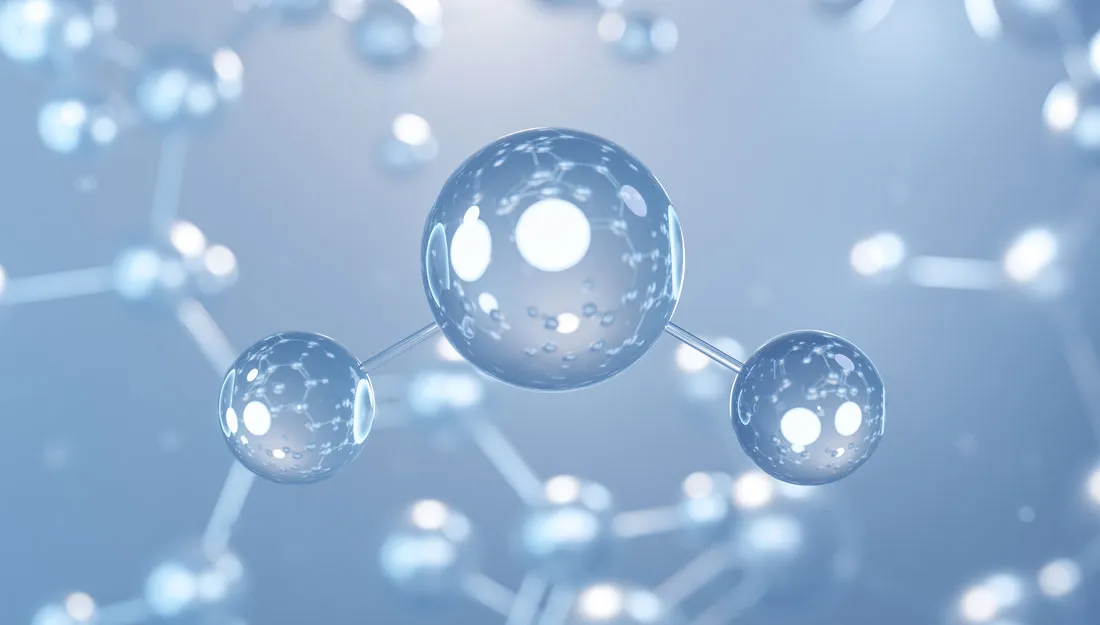By Grayson Kotzur, Texas A&M Health – July 13, 2023
New study describes how a novel nanomaterial can treat disorders of toxic levels of hydrogen sulfide that occur in Down syndrome and many other disorders.
Scientists at the Texas A&M University Health Science Center (Texas A&M Health) have discovered that a nano-sized carbon material derived from the oxidation of carbon-rich sources could be used to treat Down syndrome and other disorders associated with high levels of hydrogen sulfide.
Hydrogen sulfide (H2S) is mainly known as a byproduct of petroleum production that is characterized by a “rotten eggs” smell. This noxious gas is also naturally produced from the anaerobic decomposition, or fermentation, of organic matter—when bacteria break down animal manure, food wastes and other organic matter in the absence of oxygen. Hydrogen sulfide is synthesized in living organisms, where it plays a vital role in bone, brain, liver and kidney function, as well as regulating the dilation of blood vessels and supplementing the electron transport chain.
One of the most well-known conditions associated with high levels of hydrogen sulfide is Down syndrome. This genetic disorder is associated with a decline in function of many systems over time, including the musculoskeletal and nervous systems. Previous studies have hypothesized that reducing the levels of circulating H2S may improve function in individuals with Down syndrome. However, hydrogen sulfide is necessary for normal biological function, so directly inhibiting synthesizing enzymes could be detrimental.

